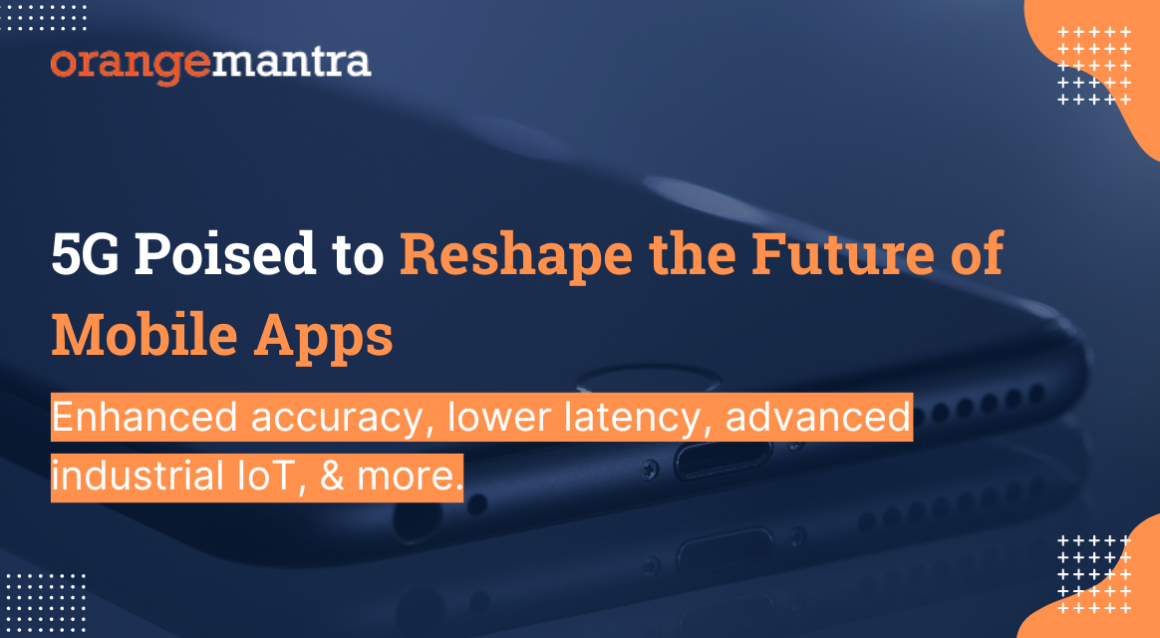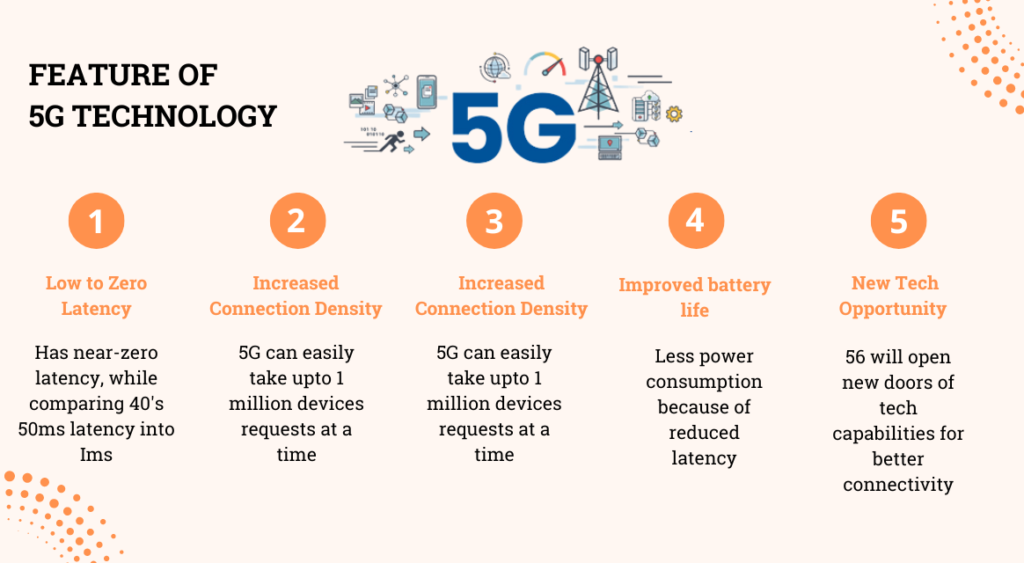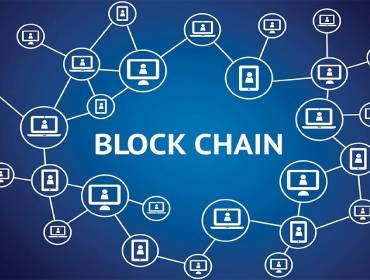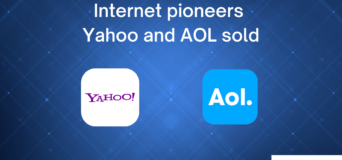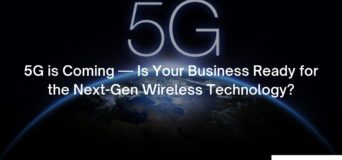Reports claim 5G will account for 15% of the global mobile industry by 2025, with a predicted 1.4 billion integrated devices. The industrial buzz around 5G technology and its impact on next-gen connectivity are exhilarating.
For the mobile app development industry, 5G connectivity will not only impact the way we use apps, but will create new opportunities for developers, tech-driven enterprises, and the eCommerce business world. 5G will allow developers to explore, build new platforms, create new apps, and websites that offer quick, effective, and customized user experience.
When it comes to innovation, the sky is the limit, and with the most-awaited announcement of the 5G network, techies are more excited than ever.
This blog focuses on different aspects of 5G, its benefits, and its functionalities. Most importantly, how will reshape the future of smartphone app development services.
Let’s get started!
Introduction to 5G
5G is a lot more than simply an updated version of 4G. It’s an end-to-end new network infrastructure that holds the potential to revolutionize the entire mobile networking world.
It is a promise to strengthen mobile connectivity and improve the smartphone experience among users by delivering fast data sharing, with a connectivity speed of 10 gigabits per second. In an earlier analysis, we discussed how businesses should prepare for 5G.
That’s the secret behind its prowess – 5G is 10x faster than 4G! However, it is just one of its many features that will alter human lives, and mobile apps are not ignorant of this revolution. Developers worldwide are eagerly waiting to feel the influence of this advanced cellular network, which is most likely to commence the fourth industrial revolution.
High-speed data transfer will change the way people communicate in today’s world. But, for mobile app developers, speed isn’t the only factor to bring new development possibilities to the table.
The Landscape of Cellular Technologies
Before we understand the impact of 5G on cellular networks, here’s a quick overview of the preceding cellular technologies:
1G (Analog)
The first generation of wireless communication, 1G was introduced in the 1980s. This cellular network only allowed users to make calls between their mobile phones with a data transfer speed of merely 2.4 Kbps.
2G (GPRS)
A decade later, in 1991, 2G became the first-ever digital cellular network. It offered great features like internet connection facilities, voice calls, and text messages (SMS) with a speed of 50 Kbps.
3G (UMTS)
The third generation of telecommunication technology got unveiled in 1998 with a 2 Mbps speed. 3G network started the smartphone revolution among users. For the first time, people can send pictures in real time, and video call their long-distance friends and families.
4G (LTE)
Launched in 2008, the 4G network is the current standard of wireless technology that enables data-intensive activities like HD live video streaming, gaming, video conferencing, and more with a maximum speed of 100 Mbps.
How will 5G technology make a difference?
Technological advancements are growing at a fleeting rate – tech-savvy brains are dedicatedly working to enhance it, create new, and modify the existing versions. Under such circumstances, 5G becomes a revolutionary step. It allows technological experts faster downloads and facilitates the transferring of millions of data easily and quickly.
5G network is here to change the way users operate their smartphones and mobile apps. It provides a connection speed of 10 gigabits per second, which is ten times faster than the 4G network connectivity speed. For mobile app developers, the 5G network opens up many possibilities apart from providing a high-speed data transfer.
If you’re still wondering what’s so unique about the 5G technology, let’s understand the way this new technology works. Here are the three different spectrum bands for 5G to operate:
High band spectrum: It is the major contributor to the high performance of 5G. It has the highest levels of speeds up to 10 GBPS. However, the significant drawback of this spectrum is its low building penetration and low coverage area.
Mid band spectrum: It lies in between the high band spectrum and low band spectrum. It is faster than the low band spectrum but lacks an impressive wall penetration. Its maximum speed limit can reach up to 1 Gbps.
Low band spectrum: It is the primary band for connectivity carriers in the US. It offers impressive wall penetration and covers large areas too. This spectrum is an alternative term for the 1GHz range.
Remarkable features of 5G technology
5G has turned out to be the future of technological communications with its brand-new network architecture. It is all set to cause havoc with industries by providing an impeccable connectivity experience better than the existing networks.
It is one of the major reasons why top mobile app development companies are geared-up to embrace this high-end technology. Faster internet enables faster loading time. Therefore, the light-speed file transfer and 4K streaming are a dream come true.
Some of its amazing features include:
Enhanced accuracy
5G is the latest radio technology that uses short wavelengths and high radio frequencies (30GHz to 300 GHz). Therefore, it will offer improved accuracy than 4G for GPS-enabled devices.
Improved battery life
With reduced latency and increased speed, it is more likely to result in less battery consumption. Also, 5G increases the battery life of smartphones and other IoT devices up to 10 times. Thus, users can use their phones for a longer period.
New use cases
The exclusive features of 5G technology, including high bandwidth, near-zero latency, and augmented connection density have opened up new opportunities that were a dream for 4G. For instance:
- Cloud AR/VR
- Industrial IoT
- Connected Automotive
- Remote Machinery Control
- Smart cities
- Wireless eHealth
Lower Latency
Delay is the most common concern of every mobile app user, especially when these devices and their networks are used to make critical decisions in real-time. The current 4G network records an average latency of 50 milliseconds, whereas 5G networks will cut it to one millisecond. Thus, it will help lower network interference and delays dramatically.
Increased connectivity density
Connection density refers to a network’s ability to support the successful delivery of messages, despite being a populated area. 4G networks can only support approximately 2,000 connected devices per 0.38 square miles. Also, the average number of connected devices per user is expected to outgrow the number of devices 4G can support inadequately.
5G, on the other hand, addresses this inadequacy with its ability to support up to 1 million connected devices in the same environment.
Wrapping up
India’s Ministry of Electronics and Information Technology has announced the 5G rollout plan. Most big cities in the countries will have 5G connectivity soon. It’s all set to create a lasting impact on the dynamic wireless technology and agile app development process. From the flawless implementation of IoT and the beginning of immersive technology to more scopes on AR/VR integration and smoothen video streaming, 5G has everything to offer a personalized user experience to the world.
If you have a vision for building next-gen mobile apps aligned with the 5G network, hire dedicated mobile app developers from a well-renowned and trusted mobile app development company like ours.
FAQs
What are the future trends of 5G?
- Increased automation tools
- Remote control
- AR/VR-supported processes
What are 5G apps?
The 5G-powered mobile apps will allow users to access progressive technologies like IoT, UltraHD videos, cloud computing, Augmented reality, virtual reality, and more.
What is the conclusion of 5G technology?
5G will have the power of connecting 100 billion devices at a time. It will deliver a consistent experience across varied scenarios including ultra-high traffic volume density, high connection density, and mobility.
